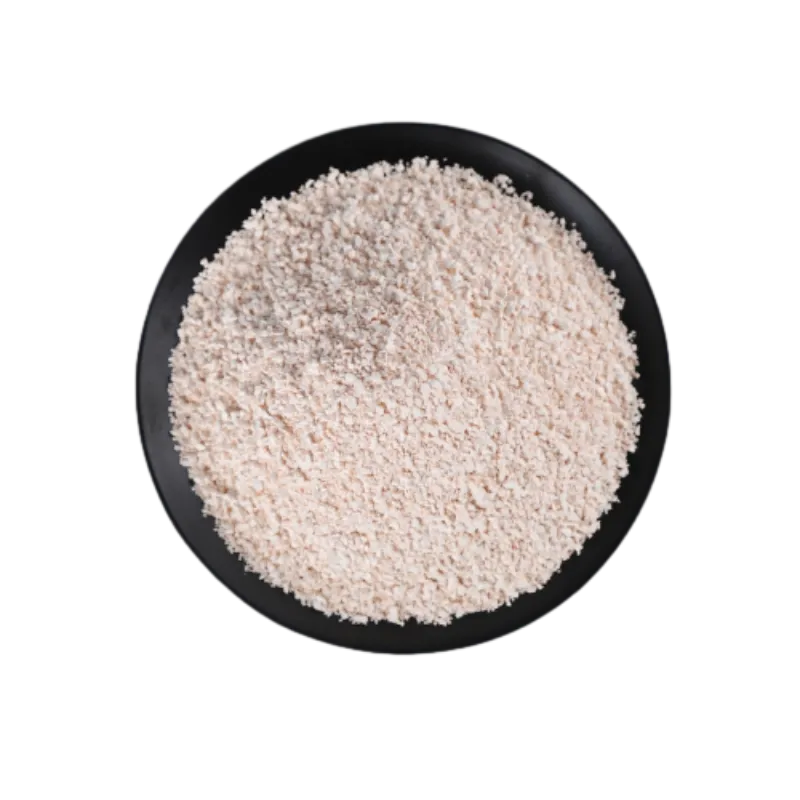
Lis . 10, 2024 03:32 Back to list
Exploring Roman Style Pan Roof Tiles for Modern Architecture and Design
The Beauty and Functionality of Roman Pan Roof Tiles
Roman pan roof tiles, often referred to as simply Roman tiles, have long been a staple in architecture, particularly in regions influenced by Mediterranean styles. Characterized by their distinctive S-shaped profile, these tiles offer not just aesthetic appeal but also a wealth of functional benefits that make them popular among builders and homeowners alike.
Historical Context
The use of Roman tiles dates back to ancient Roman times, where they were widely employed in the construction of roofs, temples, and other significant structures. Their design was ingeniously crafted to allow for effective drainage while providing robust protection against the elements. The early adoption of these tiles laid the foundation for their enduring popularity in modern construction, especially in countries with similar climates.
Design and Characteristics
Roman pan tiles are recognized for their unique shape, which features a concave side that overlaps with the convex side of the adjacent tile. This interlocking design creates a secure and watertight seal, ideal for areas prone to heavy rainfall. Typically made from clay, these tiles are baked at high temperatures to enhance their durability and resistance to weathering. Their earthy tones, ranging from deep red to sandy beige, complement a range of architectural styles, making them a versatile choice for both traditional and contemporary homes.
Advantages of Roman Pan Roof Tiles
roman pan roof tiles

1. Durability One of the key selling points of Roman pan tiles is their longevity. With proper installation and maintenance, they can last for decades, if not centuries. Their resistance to cracking and fading means that they require minimal upkeep over time.
2. Thermal Efficiency Roman tiles excel in thermal performance, providing excellent insulation. They help keep homes cool in the summer and warm in the winter, contributing to energy savings. The air pockets created by the tile design help regulate temperature, making them an eco-friendly option for roofing.
3. Aesthetic Appeal The traditional look of Roman tiles adds character to any building. Their classical style is particularly favored in the construction of Mediterranean-style homes, country cottages, and villas. Even in urban settings, they offer a touch of elegance and sophistication.
4. Eco-Friendly Material Clay tiles are made from natural materials, making them a sustainable choice for roofing. They can be recycled at the end of their life cycle, reducing waste and environmental impact.
5. Fire Resistance Clay tiles are non-combustible, providing an added layer of safety in fire-prone areas. This inherent quality can lessen insurance costs and gives homeowners peace of mind.
Conclusion
In summary, Roman pan roof tiles are a remarkable blend of historical significance, aesthetic charm, and practical functionality. Their time-tested design provides excellent durability, thermal efficiency, and fire resistance, while their natural materials align with eco-conscious building practices. As architectural trends continue to evolve, Roman pan tiles remain a timeless choice, offering a nod to the past while perfectly fitting into modern design sensibilities. For anyone considering a roofing option that combines beauty and sustainability, Roman pan roof tiles stand out as an exceptional choice.
-
Conservatory Felt Roof Solutions Durable, Weatherproof & Stylish Roof Upgrades
NewsJul.04,2025
-
Roman Stone Beige Tile for Elegant Spaces Roman Beige Ledger Panel & Travertine
NewsJul.04,2025
-
Small Clay Roof Tiles for Durable & Stylish Roofing Red & Custom Options Available
NewsJun.24,2025
-
Lifetime Roof Shingles – Durable Roofing Solutions for Decades
NewsJun.10,2025
-
Top Roofing Shingles Types Compare Different Types of Architectural Roofing Shingles for Your Home
NewsJun.10,2025
-
Affordable Asphalt Shingle Roll Durable & Easy Flat Roof Solution
NewsJun.09,2025







